Tectonic Movements
Tectonic movements refer to the large-scale movements of the Earth's lithosphere. These movements are responsible for shaping the Earth's surface and causing geological events such as earthquakes, volcanic eruptions, and the formation of mountain ranges. There are several types of tectonic movements, including plate tectonics, faulting, and folding.
Plate Tectonics
Plate tectonics is the theory that the Earth's outer shell is divided into several large, rigid plates that move relative to each other. These plates can move apart, collide, or slide past one another, leading to various geological phenomena. The interactions between these plates are responsible for the formation of mountain ranges, ocean basins, and other geological features.
Faulting
Faulting occurs when stress within the Earth's crust causes rocks to break and move along a fault line. This movement can result in earthquakes as the accumulated stress is suddenly released. There are different types of faults, including normal faults, reverse faults, and strike-slip faults, each with distinct movement patterns.
Folding
Folding is the bending of rock layers due to compressional forces within the Earth's crust. This process often occurs over long periods of time and can result in the formation of mountain ranges and other geological structures. The study of folds and their characteristics can provide valuable insights into the tectonic history of a region.
Study Guide
- What is the theory of plate tectonics and how does it influence the Earth's surface?
- Explain the different types of plate boundaries and the geological events associated with each.
- Describe the process of faulting and its role in the occurrence of earthquakes.
- Discuss the significance of folding in the formation of mountain ranges.
- Compare and contrast the movements associated with divergent, convergent, and transform plate boundaries.
- Identify and explain the major tectonic features present in different regions of the world.
Studying tectonic movements is essential for understanding the dynamic processes that shape the Earth's surface and impact human societies. By exploring the principles of plate tectonics, faulting, and folding, students can gain a deeper appreciation for the geological forces that have shaped the planet over millions of years.
.◂Earth Science Worksheets and Study Guides High School. Rocks I
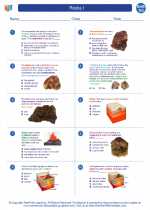
 Worksheet/Answer key
Worksheet/Answer key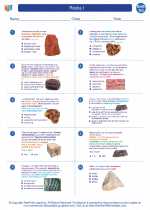
 Worksheet/Answer key
Worksheet/Answer key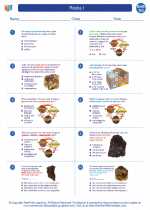
 Vocabulary/Answer key
Vocabulary/Answer key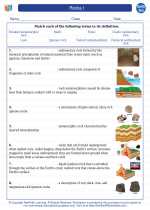
 Vocabulary/Answer key
Vocabulary/Answer key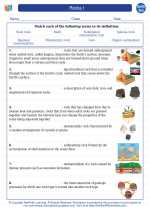
 Vocabulary/Answer key
Vocabulary/Answer key
